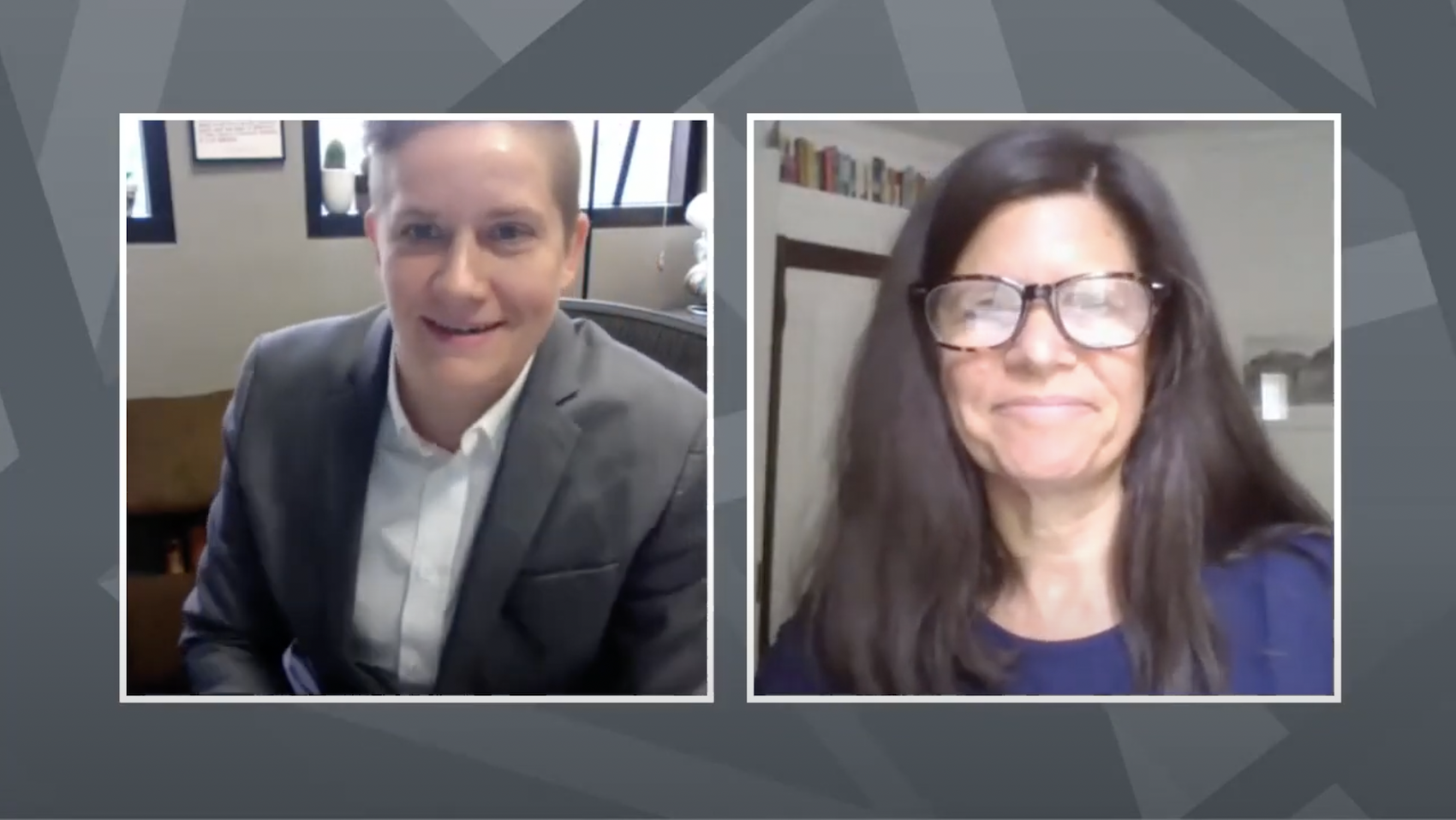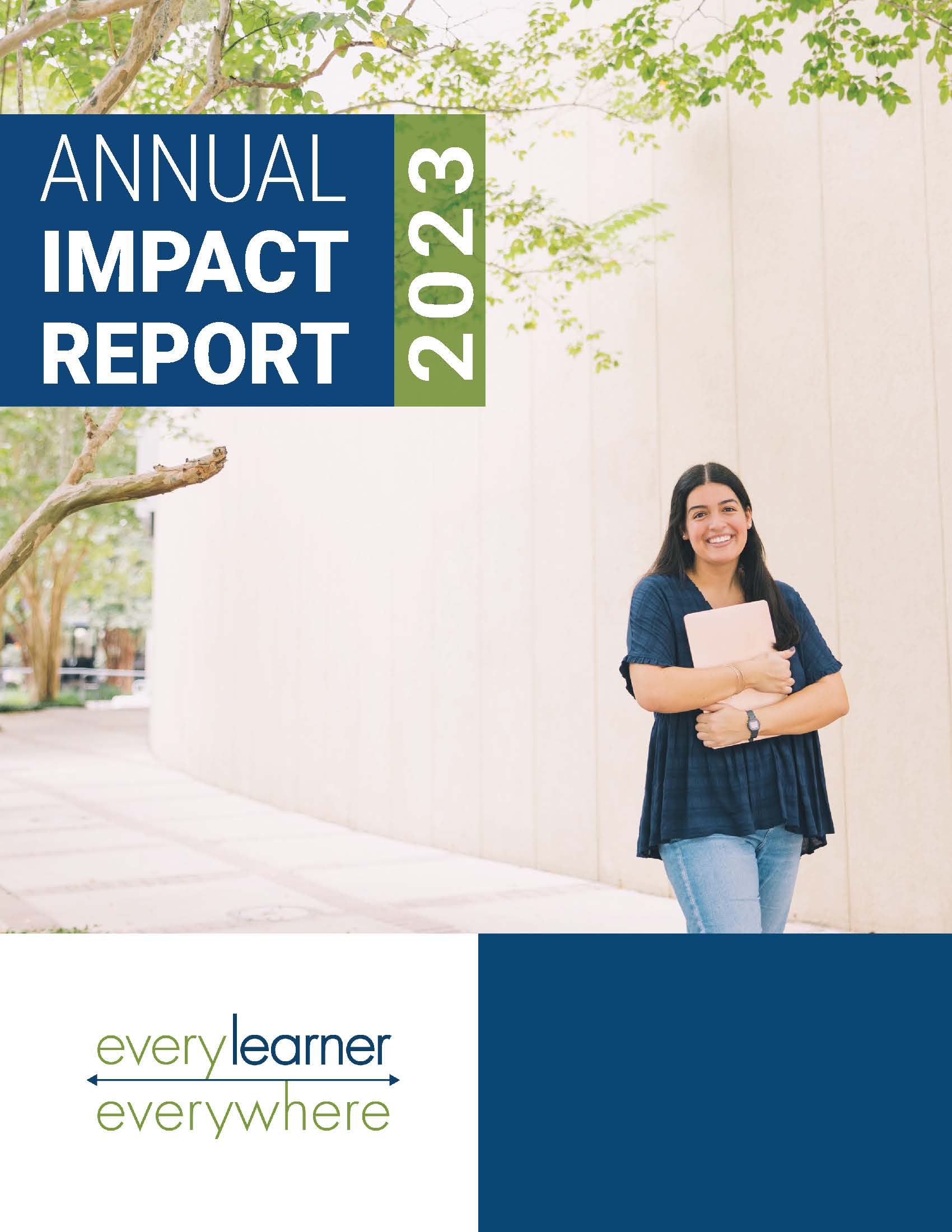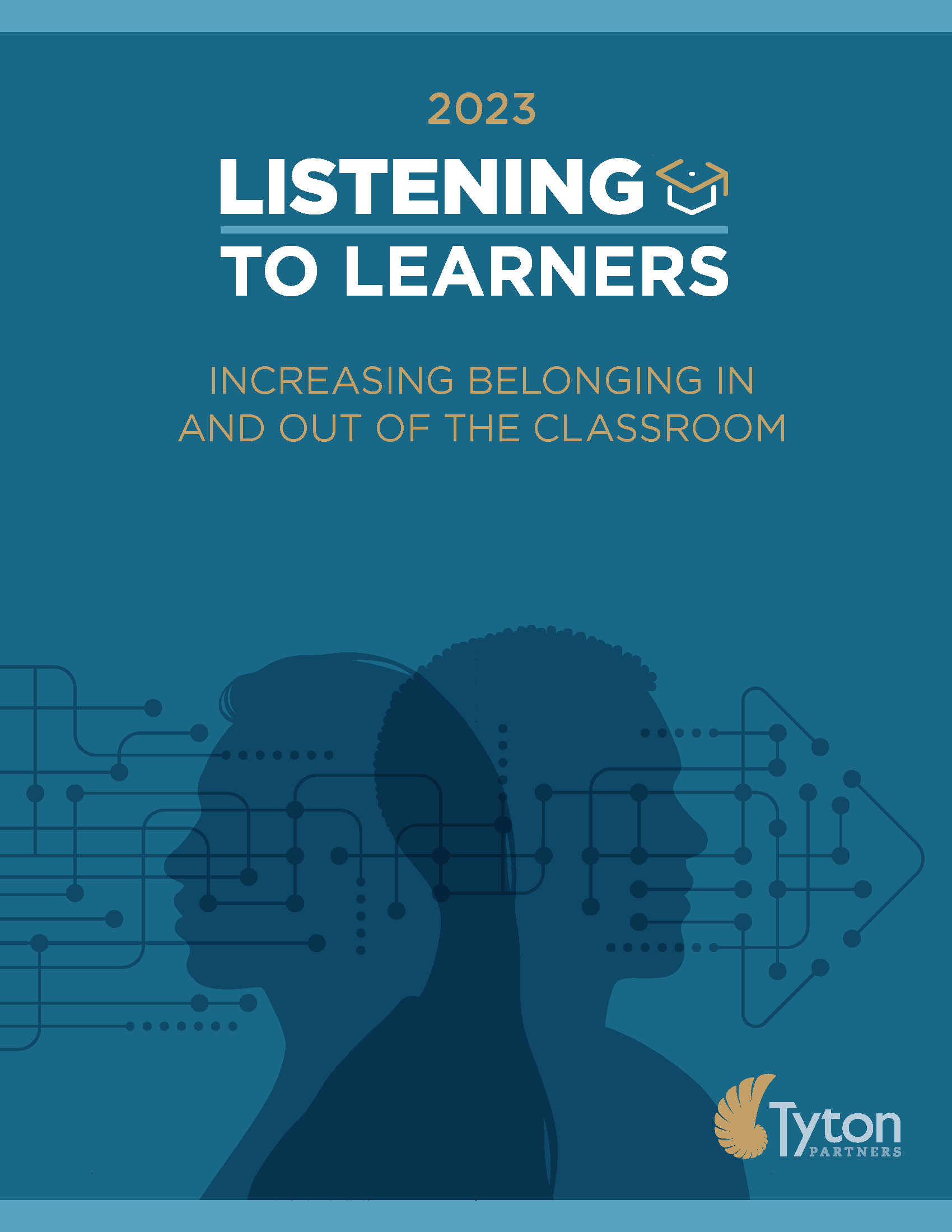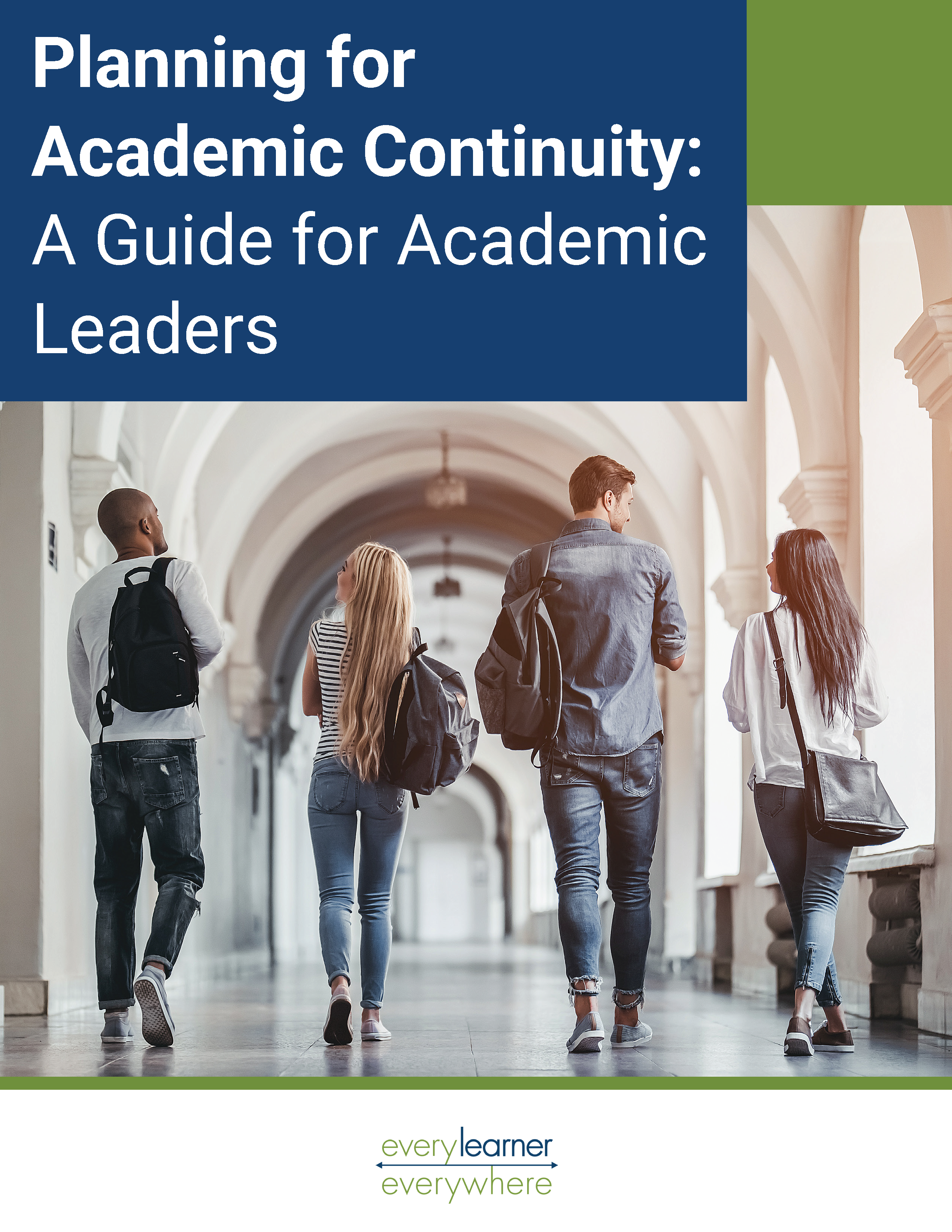A discussion about teaching equitably with strategies to combat some of the inequities that exist within the field of English Composition.
In this presentation, faculty from the University of Mississippi and Westfield State University discuss equity issues particular to teaching chemistry. Dr. Catherine Savini and Dr. Rachel Johnson give special attention to linguistic diversity, accessibility, and negotiating identity and social difference. Watch this video to join the presenters in considering how to create an inclusive and equitable English learning environment.
This is a recording of an Every Learner Everywhere Ask the Expert Session at the second annual ASU Remote Summit June 9-10, 2021.





